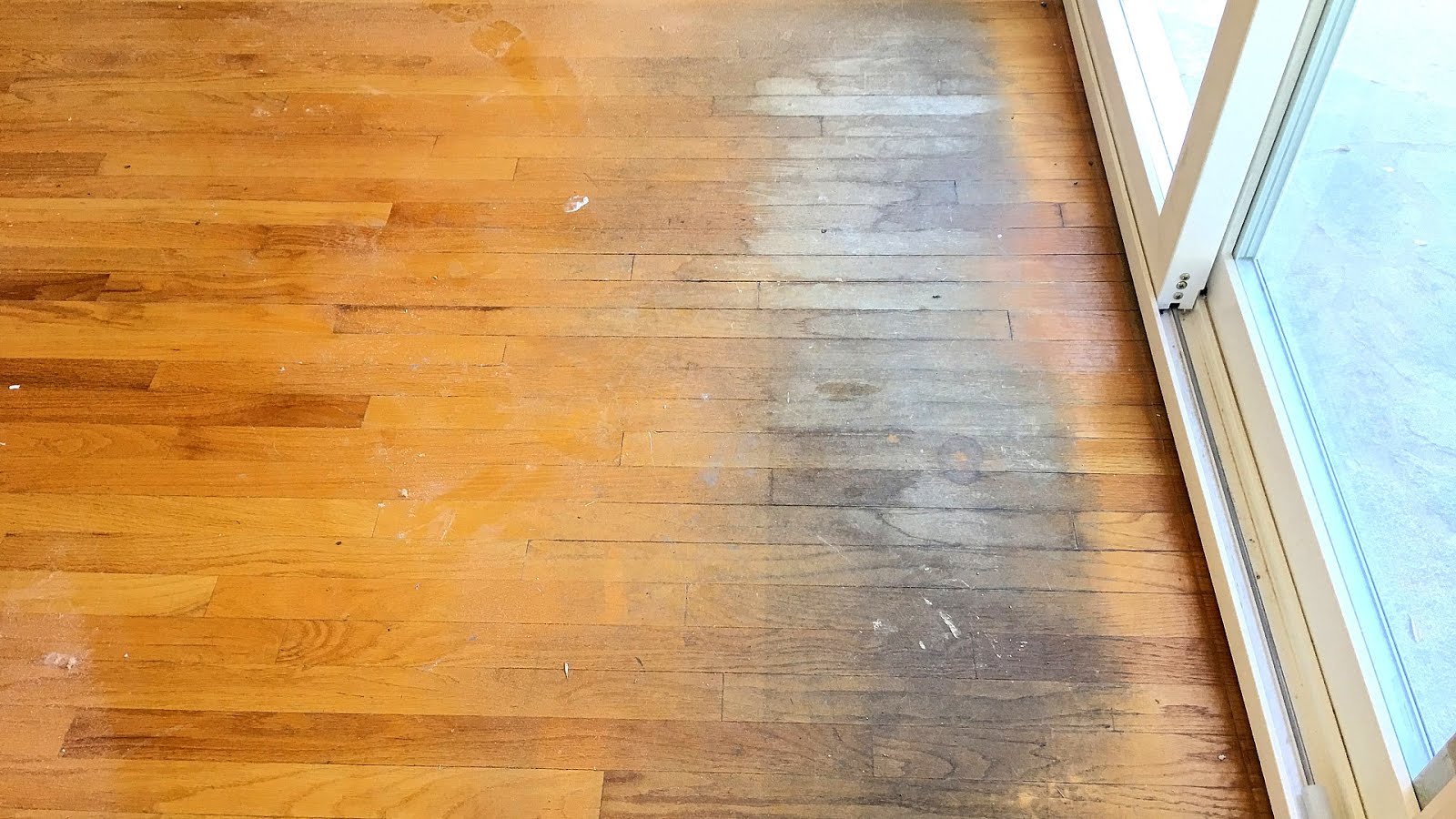Unique Info About How To Repair Water Damage Floor

Identify the source of water.
How to repair water damage floor. If the flooring shows only minor indications of damage, you may be able to resolve the issues by thoroughly drying the affected area. Two of the most significant signs that your wood floor has suffered water damage are cupping and crowning. A shop vac, stiff brush, squeegees, robust fans, an approved disinfectant, trusty rubber gloves, and an absorbent cloth.
Remove leftover water. Prepping to repair water damaged wood floor. Run your hand over the surface of the hardwood floor.
Cupping and crowning are some clear signs that there is an issue somewhere. Wooden floors may show peaking, buckling, cupping and discoloration. Start by using a shop vacuum to pull as much of the water out of your floorboards as possible.
Fix the source of moisture. Remember, it’s better to be thorough and fix any leaks before moving on to the final step. Carefully add wood glue to the exposed edge, making sure that it deeply penetrates the layers that seem to be separating.
Damage to hardwood floors is the easiest to spot. Turn the water supply back on and observe the repaired area closely. This guide has four sections:
Use gentle pressure to wipe away any remaining. This water damaged floor repair guide is designed to help you through this stressful process. Look for discoloration, warping, or buckling of the wood.
If the source of water is from a leaking pipe or appliance, be sure to shut off the water supply and contact a plumber. 12 tips for water damage repair. If you notice any leaks, you may need to revisit the repair process and ensure a proper seal.
Mask off the surrounding boards with painter's masking tape. Telltale signs of damage in different floor types. If not, you’ll need to consider restoration options.
Home house & components systems plumbing system. Wood is a hygroscopic material; Dealing with a water damaged floor is a terrible task for any homeowner;
Troubleshoot the source of water in order to remove it and prevent further damage. Look for signs of moisture damage. Do not pour the water onto the floor (there's no reason to add more water to the problem).


















